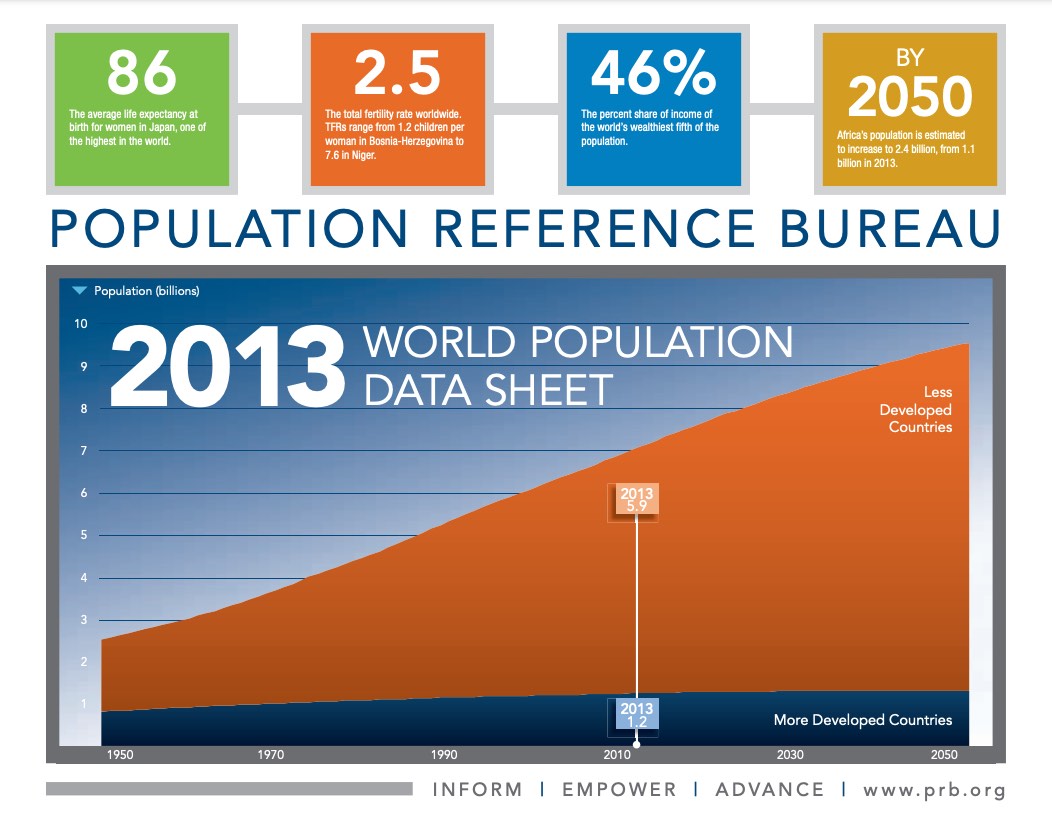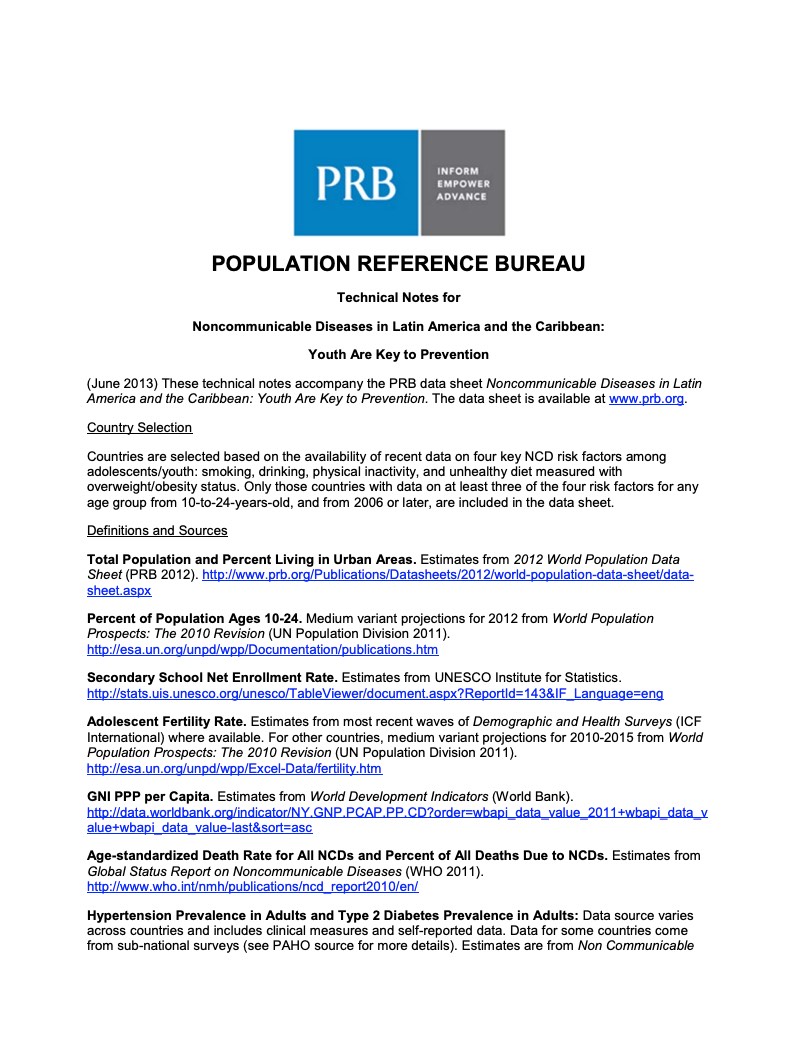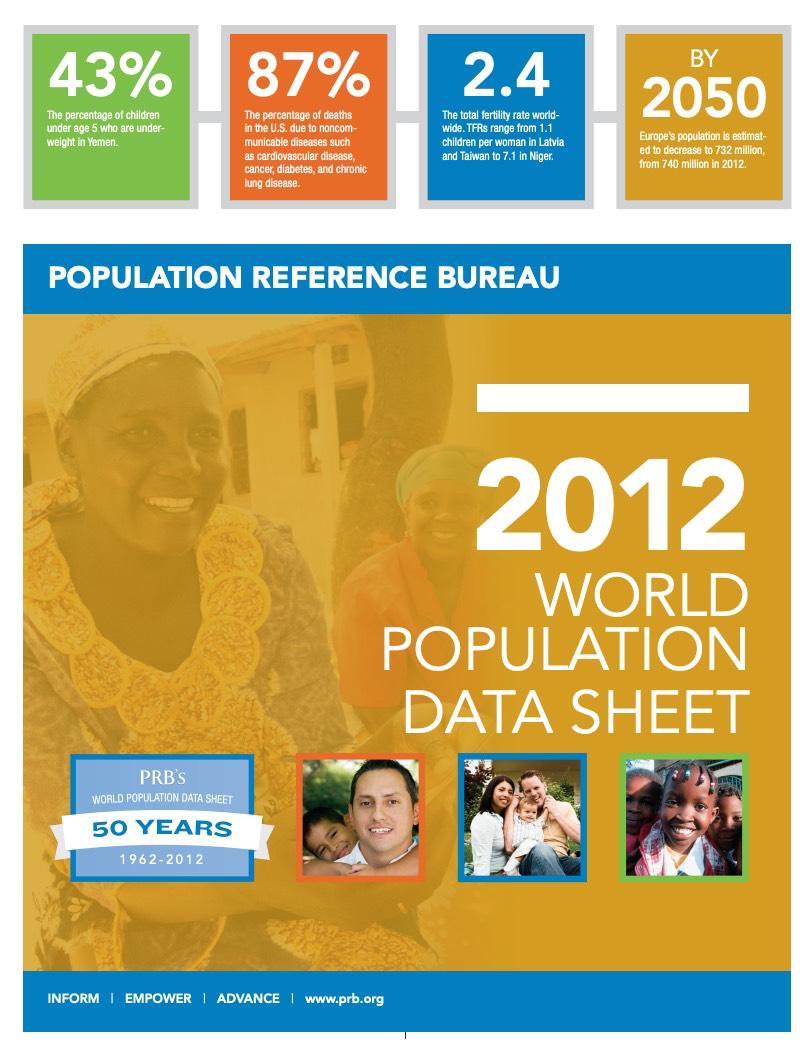1 in 6: The Global Crisis Very Few Are Funding (And Why We Should Be)
Infertility receives nowhere near the attention or funding of fertility decline or aging despite asking the same fundamental question.

Infertility receives nowhere near the attention or funding of fertility decline or aging despite asking the same fundamental question.
HIV/AIDS emerged in the late 20th century. Believed to have originated in Africa, the disease has spread worldwide. Occurrence of HIV/AIDS and primary means of diffusion vary among regions. Because of the social and economic impacts of this disease, students should have a good understanding of the patterns and processes that define the spread of the disease.

(2013) Africa, by far the world’s poorest region, will record the largest amount of population growth of any world region between now and 2050.

Project: Combatting Noncommunicable Disease Risk Factors in Youth
(2013) The four major NCDs—cardiovascular disease, most cancers, diabetes, and chronic respiratory diseases—will account for approximately 81 percent of deaths in Latin America and the Caribbean by 2030, and 89 percent of all deaths in high-income countries.

Nearly all future population growth will be in the world's less developed countries, and the poorest of these countries will see the greatest percentage increase.
Current and former PRB staff members share their tributes to two PRB greats

(2017) The level of well-being of young American women (ages 16 to 34) rose significantly for members of the Baby Boom generation but hit a wall for women in subsequent generations, the Population Reference Bureau (PRB) concludes in a new report.
(2011) In the next two decades, the number of Americans age 55 orolder will swell from 76 million to 110 million as the large baby-boom generation continues to age.
(2010) Although sharing a land border with Greece and just across the Adriatic Sea from Italy, Albania was socially and politically isolated from the rest of Europe when it emerged from Soviet influence in the early 1990s.